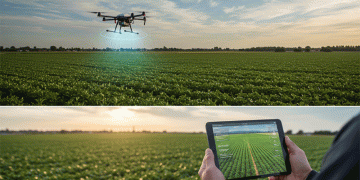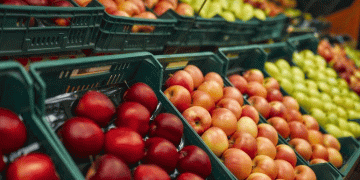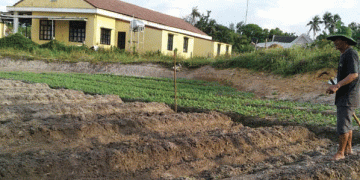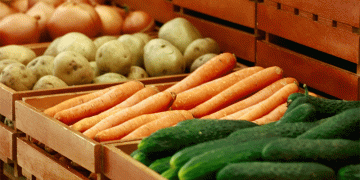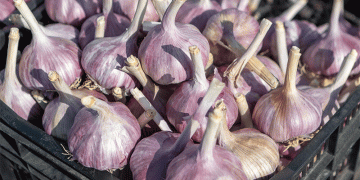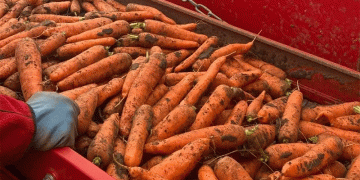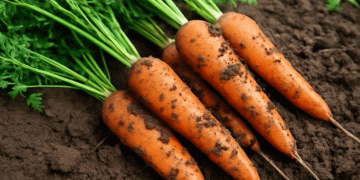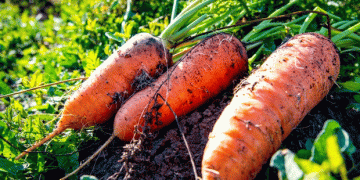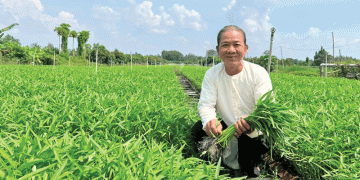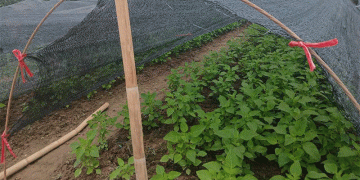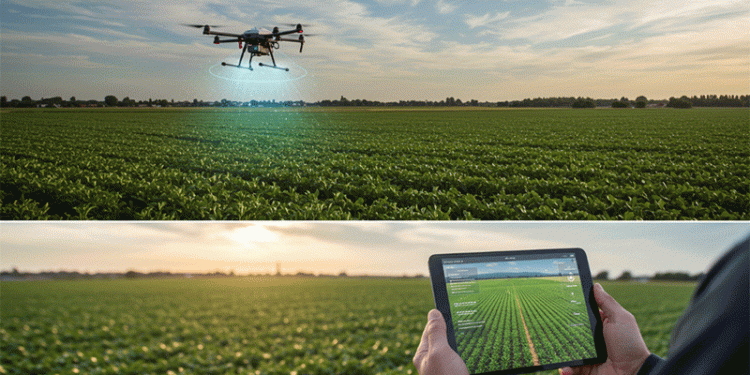Modern agriculture faces a critical challenge: increasing productivity while reducing environmental impact. Digital twins—virtual models of real-world farms—offer a solution. By integrating real-time data from IoT sensors, satellite imagery, and AI-driven analytics, farmers can simulate scenarios, predict outcomes, and make smarter decisions without risking actual resources.
What Is a Digital Twin and How Does It Work in Agriculture?
A digital twin is a dynamic, virtual representation of a physical farm, field, or piece of equipment. It continuously updates using data from:
- IoT sensors (soil moisture, temperature, humidity)
- Drones and satellites (NDVI, crop health monitoring)
- Weather forecasts and historical data
- Machine telemetry (tractor performance, fuel usage)
Powered by AI and machine learning, digital twins don’t just reflect reality—they predict it. Farmers can test different strategies (e.g., irrigation schedules, fertilizer applications) in a risk-free virtual environment before implementing them in the real world.
Proven Benefits of Digital Twins in Farming
1. Yield Prediction & Resource Optimization
- Farms using digital twins reduce water and fertilizer use by 30% while increasing yields by up to 20% (Texas A&M AgriLife Research).
- AI-driven models analyze crop growth patterns, optimizing irrigation and nutrient delivery.
2. Predictive Maintenance for Farm Machinery
- John Deere’s digital twin technology monitors equipment health in real time, reducing downtime by 15% and cutting repair costs (John Deere Precision Ag Report, 2023).
3. Smart Water Management
- New Zealand’s Waimakariri Irrigation Limited uses a digital twin to manage a 23,000-hectare watershed, improving water efficiency by 25% (AgriTech NZ, 2024).
4. Vertical & Controlled-Environment Farming
- Bowery Farming tracks 30,000+ environmental parameters, achieving 2x faster crop growth with 95% less water (Bowery Farming Case Study, 2023).
- Sundrop Farms (Australia) uses digital twins to manage solar-powered desalination, enabling sustainable farming in arid regions.
Digital Twins Are the Next Agricultural Revolution
From precision irrigation to predictive equipment maintenance, digital twins empower farmers to boost efficiency, cut costs, and enhance sustainability. As global adoption grows, this technology will become a cornerstone of smart farming, helping agriculture meet the demands of a changing climate and a growing population.
